Structural Analysis and Optimization of Urban Gas Pressure Regulator Based on Thermo-Hydro-Mechanical Coupling
Abstract
:1. Introduction
2. Theoretical Model
- Continuity equation
- Momentum equation
- Energy equation
- Discrete solid structure’s equation of motion
- Heat transfer control equation
3. Calculation Model for the Gas Pressure Regulator
3.1. Geometric Model
3.2. Thermo-Hydro-Mechanical Coupling Model
4. Model Validation
5. Simulation Results and Analysis
5.1. Temperature Field and Heat Flux Analysis
5.2. Deformation and Stress Analysis
5.2.1. Total Deformation
5.2.2. Equivalent Stress
6. Regulator Structure Optimization Analysis
6.1. Optimization Scheme Design
6.2. Analysis of Optimization Results
7. Conclusions
- (1)
- Based on the thermal analysis of the gas regulator, temperature and heat flux in the regulator operation process have obvious fluctuations in the regulator structure. The effect of temperature and heat flux on the regulator should be considered during the simulation.
- (2)
- According to the thermo-hydro-mechanical analysis of the gas regulator, the maximum deformation of the regulator sleeve, valve bore, and outlet valve seat wall occurs when the opening is 20%, and the maximum deformation of each part is 0.032 mm, 0.066 mm, and 0.066 mm, respectively. At the same time, as the opening increases, the deformations of the regulator valve hole and outlet seat wall gradually decrease, and the sleeve deformation tends to fluctuate. When the valve opening is small, the sleeve, valve, and outlet seat wall regulator are subject to greater stress. The maximum stress on each part is 98.9 MPa, 292.1 MPa, and 164.9 MPa, respectively. At the same time, with the increase in the opening of the valve port, the stress on each part decreases significantly. At 20% opening, the working conditions of the regulator are complex; the stress on the sleeve and outlet valve seat wall has a certain rise, and the stress on the valve bore has no significant decrease.
- (3)
- To optimize the structure of the gas regulator at the 20% opening, the sleeve wall thickness, valve bore diameter, and outlet seat wall thickness are confirmed as the parameter variables. The equivalent stress is determined as the objective function, and the response surface method is applied to optimize the structure of the gas regulator. Hence, to obtain the optimal objective function and the optimal solution, that is, when the sleeve wall thickness is 7.25 mm, the valve hole diameter is 25 mm, the outlet seat wall thickness is 31.05 mm, and the gas regulator’s overall displacement and equivalent stress reach the minimum. Lastly, the maximum equivalent stress is 135.62 MPa.
Author Contributions
Funding
Institutional Review Board Statement
Informed Consent Statement
Data Availability Statement
Conflicts of Interest
References
- Ramzan, M.; Maqsood, A. Dynamic modeling and analysis of a high pressure regulator. Math. Probl. Eng. 2016, 2016, 1307181. [Google Scholar] [CrossRef]
- Hao, X.J.; An, X.R.; Wu, B.; He, S.P. Application of a support vector machine algorithm to the safety precaution technique of medium-low pressure gas regulators. J. Therm. Sci. 2020, 27, 74–77. [Google Scholar] [CrossRef]
- Zhi, X.Y.; Wang, Y.H.; An, Y. Gas pressure regulator fault diagnosis model based on support vector machine. In Proceedings of the 31th Chinese Control and Decision Conference, Nanchang, China, 3–5 June 2019. [Google Scholar]
- Changsoo, L.; Heui-Joo, C.; Geon-Young, K. Numerical modelling of coupled thermo-hydro-mechanical behavior of heater experiment–D (HE-D) at Mont Terri rock laboratory in Switzerland. Tunn. Undergr. Space 2020, 30, 242–255. [Google Scholar]
- Partoaa, A.A.; Abdolzadeh, M.; Rezaeizadeh, M. Effect of fin attachment on thermal stress reduction of exhaust manifold of an off road diesel engine. J. Cent. South Univ. 2017, 24, 546–559. [Google Scholar] [CrossRef]
- Nariman, N.A. Thermal fluid-structure interaction and coupled thermal-stress analysis in a cable stayed bridge exposed to fire. Front. Struct. Civ. Eng. 2018, 12, 609–628. [Google Scholar] [CrossRef]
- Mahtab, M.S.; Islam, D.T.; Farooqi, I.H. Optimization of the process variables for landfill leachate treatment using Fenton based advanced oxidation technique. Energy Convers. Manag. 2017, 151, 630–640. [Google Scholar] [CrossRef]
- Sarikaya, M.; Gullu, A. Taguchi design and response surface methodology based analysis of machining parameters in CNC turning under MQL. J. Clean. Prod. 2014, 65, 604–616. [Google Scholar] [CrossRef]
- Karimifard, S.; Moghaddaam, M.R.A. Application of response surface methodology in physicochemical removal of dyes from wastewater: A critical review. Sci. Total Environ. 2018, 250, 793–798. [Google Scholar] [CrossRef] [PubMed]
- Sarafraz, M.M.; Tlili, I.; Tian, Z.; Bakouri, M.; Safaei, M.R. Smart optimization of a thermosyphon heat pipe for an evacuated tube solar collector using response surface methodology (RSM). Phys. Stat. Mech. Its Appl. 2019, 534, 122146. [Google Scholar] [CrossRef]
- Safariforoshani, M. Thermo-hydro-mechanical analysis of fractures and wellbores in petroleum/geothermal reservoirs. Diss. Abstr. Int. 2013, 75, 324. [Google Scholar]
- Deissler, R. Turbulent Fluid Motion; CRC Press: Boca Raton, FL, USA, 2020. [Google Scholar]
- Venkateswarlu, K. Engineering Thermodynamics: Fundamental and Advanced Topics; CRC Press: Boca Raton, FL, USA, 2021. [Google Scholar]
- Yao, T. Regulator Performance Optimization Study of RTZ-50/0.4FQ Type Gas Regulator; Southwest Petroleum University: Chengdu, China, 2017. (In Chinese) [Google Scholar]
- ISO 23251; Petroleum, Petrochemical and Natural Gas Industries—Pressure-Relieving and Depressuring Systems. International Organization for Standardization: Geneva, Switzerland, 2019.



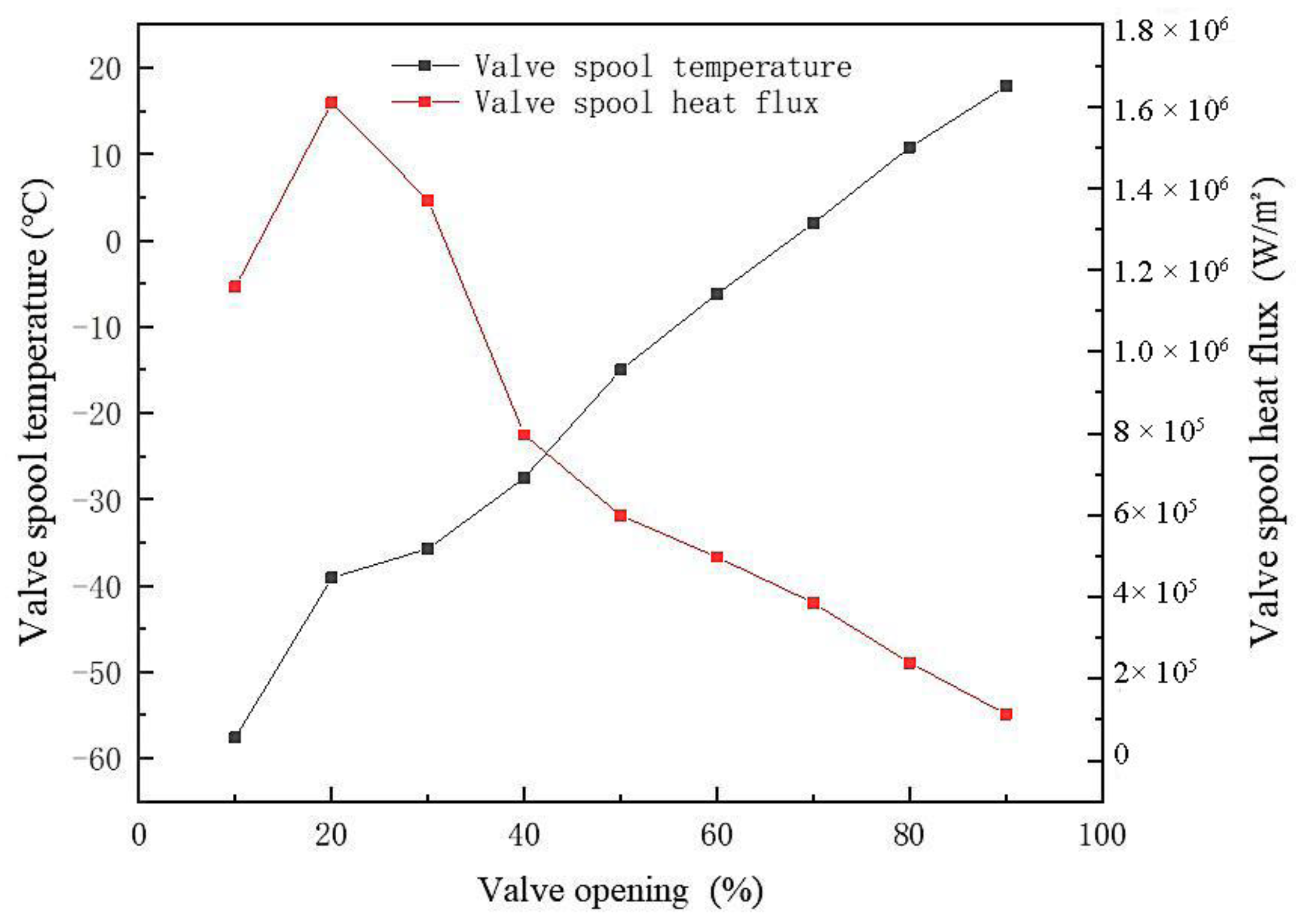
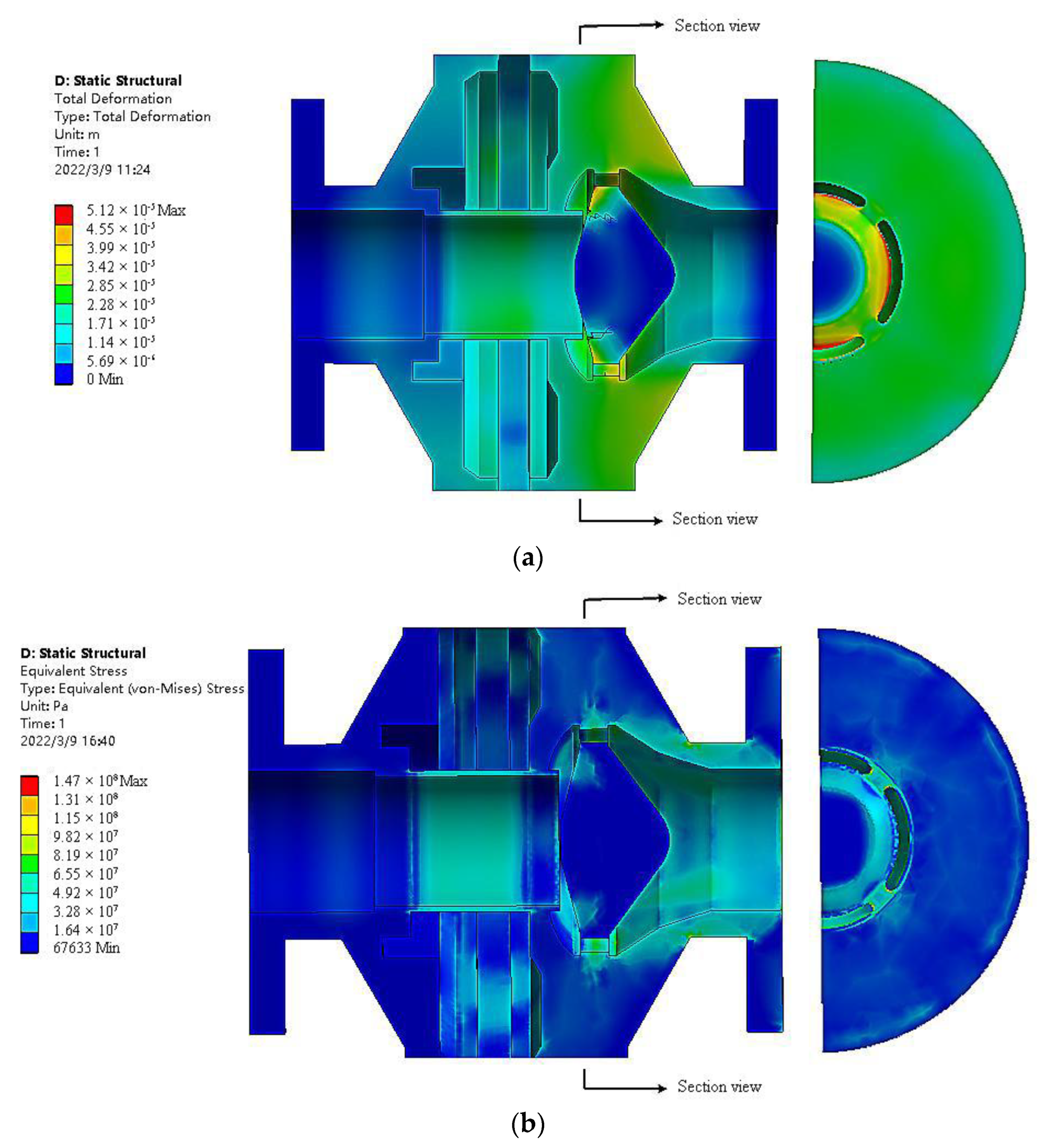
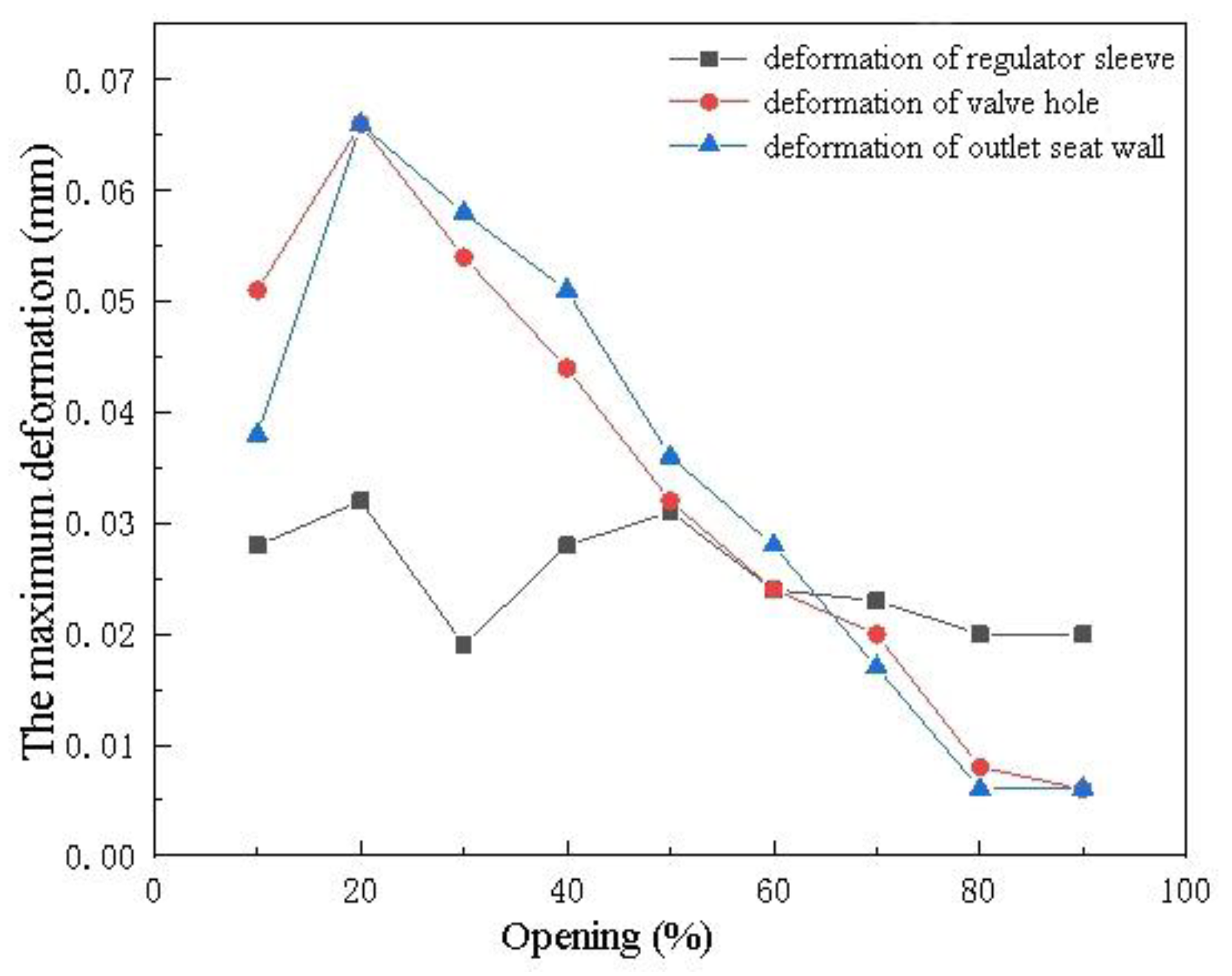
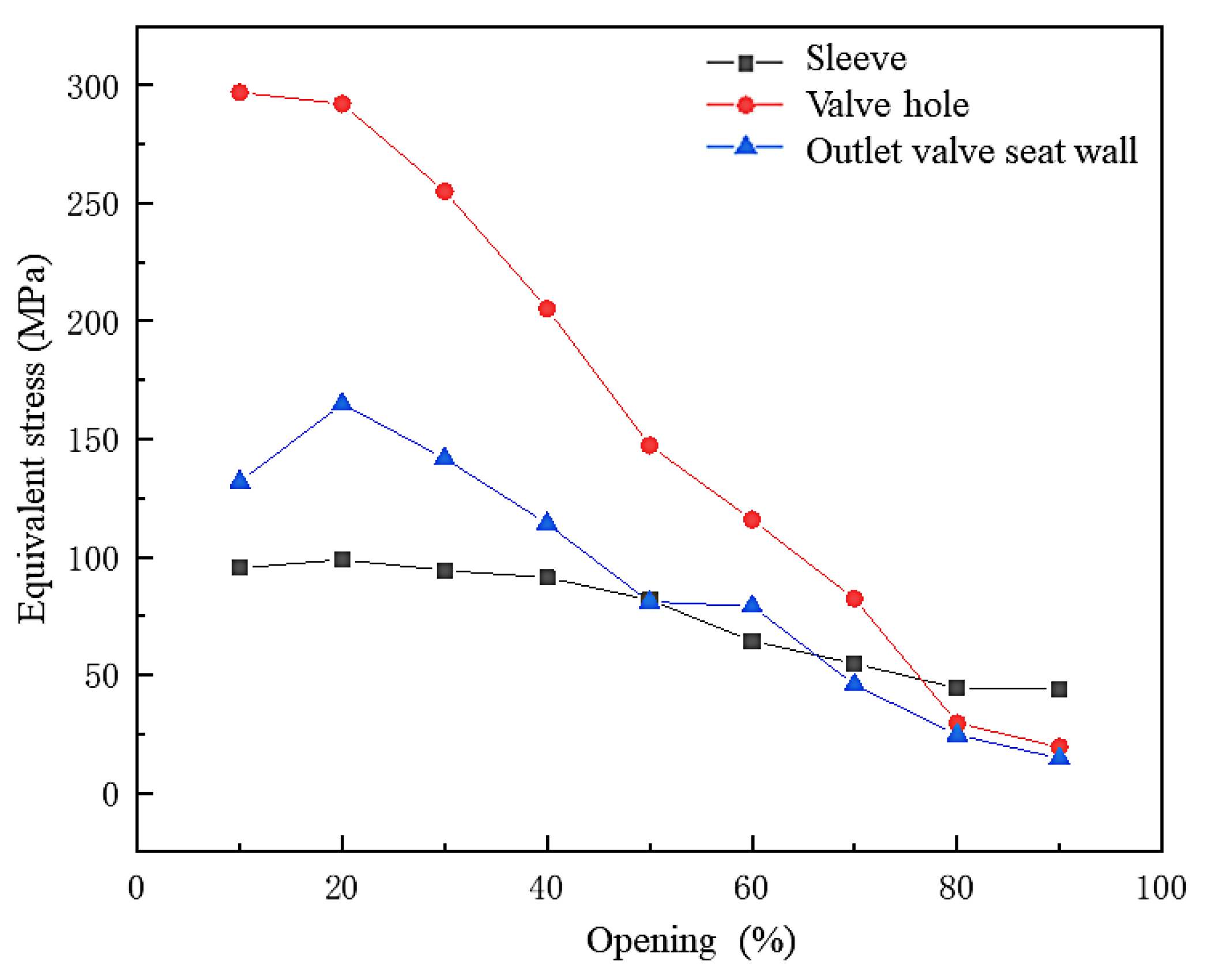
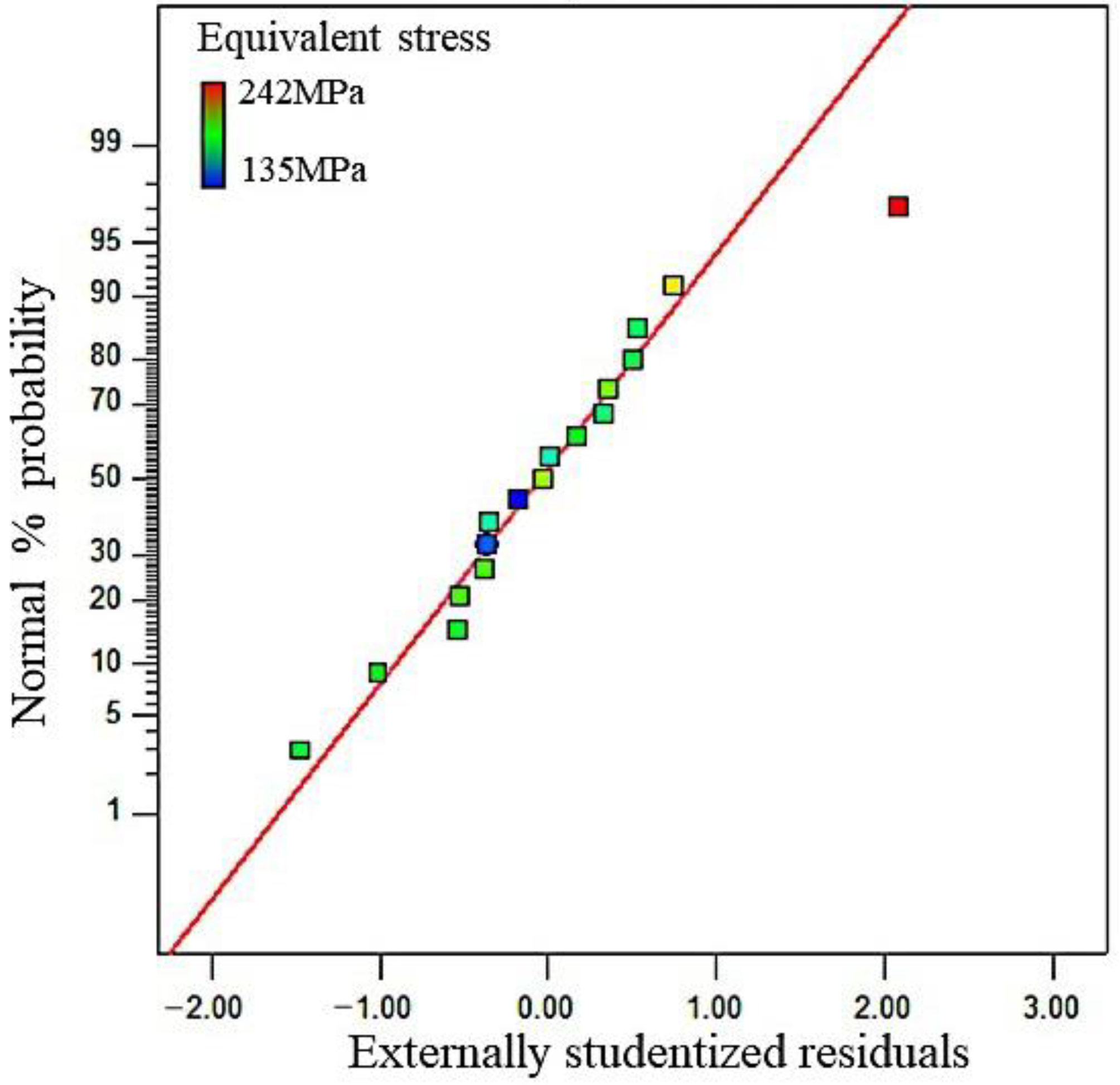

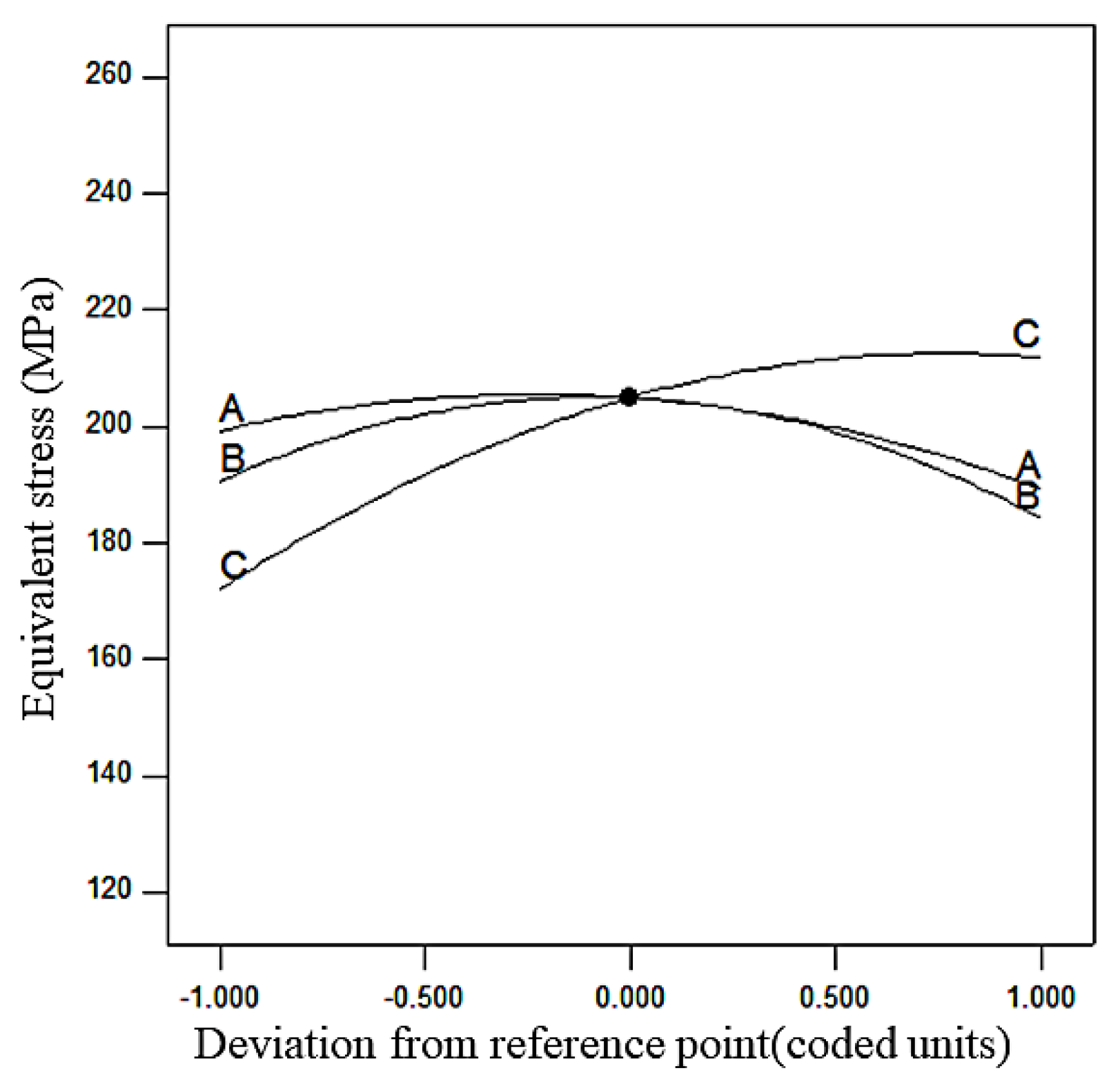

| Number | Inlet Pressure (MPa) | Outlet Pressure (MPa) | Outlet Wall Temperature (°C) | Outlet Flow (m³/h) | Simulation of Wall Surface Temperature (°C) | Simulation of Outlet Flow (m³/h) | Relative Error of Wall Surface Temperature (%) | Flow Relative Error (%) |
|---|---|---|---|---|---|---|---|---|
| 1 | 2.93 | 1.31 | 19.9 | 83,706.98 | 20.8 | 77,328.51 | 4.52 | 7.60 |
| 2 | 2.93 | 1.39 | 20.5 | 85,942.66 | 19.8 | 79,631.89 | 3.41 | 7.34 |
| 3 | 2.91 | 1.37 | 20.5 | 85,451.60 | 19.8 | 81,842.12 | 3.41 | 4.22 |
| 4 | 2.93 | 1.69 | 21.5 | 97,148.79 | 20.3 | 87,761.30 | 5.58 | 9.66 |
| 5 | 2.92 | 1.89 | 22.1 | 100,777.39 | 21.6 | 95,421.00 | 2.26 | 5.32 |
| 6 | 2.92 | 1.56 | 20.9 | 94,991.37 | 19.7 | 84,284.89 | 5.74 | 11.27 |
| 7 | 2.92 | 1.33 | 20.1 | 84,525.12 | 19.2 | 77,397.96 | 4.48 | 8.43 |
| 8 | 2.91 | 1.46 | 21.4 | 93,508.88 | 20.3 | 87,475.69 | 5.14 | 6.45 |
| 9 | 2.92 | 1.61 | 22.8 | 96,564.26 | 21.8 | 92,912.20 | 4.39 | 3.78 |
| 10 | 2.93 | 1.47 | 20.7 | 93,557.04 | 19.0 | 87,399.12 | 8.21 | 6.58 |
| 11 | 2.93 | 1.71 | 21.8 | 98,164.84 | 20.9 | 93,872.09 | 4.40 | 4.37 |
| Parameters | Variables | Constraint Conditions |
|---|---|---|
| Sleeve wall thickness | x1 | 4.5 mm ≤ x1 ≤ 10 mm |
| Valve hole diameter | x2 | 20 mm ≤ x2 ≤ 30 mm |
| Outlet valve seat wall thickness | x3 | 27 mm ≤ x3 ≤ 35 mm |
| Equivalent force | Y | Y ≥ 0 |
| Number | Number of Calculations (Times) | Sleeve Wall Thickness (mm) | Valve Hole Diameter (mm) | Outlet Valve Seat Wall Thickness (mm) | Equivalent Stress (MPa) |
|---|---|---|---|---|---|
| 1 | 6 | 7.25 | 25 | 27.1 | 175.8 |
| 2 | 13 | 7.25 | 25 | 31.05 | 181.85 |
| 3 | 15 | 7.25 | 25 | 31.05 | 185.62 |
| 4 | 17 | 7.25 | 25 | 31.05 | 179.42 |
| 5 | 8 | 7.25 | 25 | 35 | 204.69 |
| 6 | 12 | 7.25 | 30 | 35 | 185.23 |
| 7 | 3 | 7.25 | 30 | 31.05 | 202.16 |
| 8 | 11 | 7.25 | 20 | 35 | 198.57 |
| 9 | 2 | 7.25 | 20 | 31.05 | 178.85 |
| 10 | 5 | 10 | 25 | 27.1 | 175.97 |
| 11 | 16 | 10 | 25 | 31.05 | 187.38 |
| 12 | 1 | 10 | 20 | 31.05 | 198.47 |
| 13 | 10 | 10 | 30 | 27.1 | 172.95 |
| 14 | 14 | 4.5 | 25 | 31.05 | 217.96 |
| 15 | 7 | 4.5 | 25 | 35 | 145.33 |
| 16 | 4 | 4.5 | 30 | 31.05 | 241.47 |
| 17 | 9 | 4.5 | 20 | 27.1 | 171.64 |
| Parameters | Regression Coefficient | Degree of Freedom | Standard Error | 95% CI Lower Bound | 95% CI Upper Bound |
|---|---|---|---|---|---|
| intercept distance | 204.94 | 1 | 8.72 | 184.32 | 225.56 |
| x1 | −5.02 | 1 | 6.90 | −8.32 | −1.71 |
| x2 | −3.20 | 1 | 6.90 | −4.51 | −1.90 |
| x3 | 19.90 | 1 | 6.90 | 3.60 | 36.21 |
| x1 x2 | 2.18 | 1 | 9.75 | 0.13 | 4.24 |
| x1 x3 | 7.48 | 1 | 9.75 | 1.43 | 13.54 |
| x2 x3 | 13.87 | 1 | 9.75 | 0.81 | 26.93 |
| −10.68 | 1 | 9.50 | −13.16 | −8.21 | |
| −17.62 | 1 | 9.50 | −30.09 | −5.14 | |
| −13.03 | 1 | 9.50 | −23 | −3.06 |
| Source of Variation | Sum of Squares | Degree of Freedom | Mean SQUARE | p Value | Significance | |
|---|---|---|---|---|---|---|
| Models | 7243.12 | 9 | 804.79 | 48.33 | <0.0001 | *** |
| 201.40 | 1 | 201.40 | 11.35 | 0.0028 | ** | |
| 82.11 | 1 | 82.11 | 178.31 | <0.0001 | *** | |
| 3168.48 | 1 | 3168.48 | 26.77 | <0.0001 | *** | |
| x1 x2 | 19.05 | 1 | 19.05 | 93.43 | <0.0001 | *** |
| x1 x3 | 223.95 | 1 | 223.95 | 9.12 | 0.0143 | * |
| x2 x3 | 769.51 | 1 | 769.51 | 112.47 | <0.0001 | *** |
| 480.49 | 1 | 480.49 | 8.44 | 0.011 | * | |
| 1306.48 | 1 | 1306.48 | 17.91 | 0.0044 | ** | |
| 714.87 | 1 | 714.87 | 13.29 | 0.0015 | ** | |
| Residuals | 2662.31 | 7 | 380.33 | |||
| Pure Error | 0 | 4 | 0.00 | |||
| Total | 9905.42 | 16 |
| Number of Tests | Actual Value (MPa) | Predicted Value (MPa) | Relative Error (%) |
|---|---|---|---|
| 6 | 135.62 | 137.32 | 1.24 |
| 15 | 145.33 | 148.83 | 2.35 |
| 3 | 171.64 | 171.47 | 0.01 |
| 5 | 172.95 | 176.27 | 1.88 |
| 8 | 175.80 | 170.60 | 2.96 |
| 16 | 175.97 | 172.65 | 1.89 |
| 10 | 178.85 | 173.83 | 2.81 |
| 11 | 179.42 | 204.94 | 12.45 |
| 2 | 181.85 | 187.05 | 2.78 |
| 1 | 185.23 | 183.53 | 0.92 |
| 9 | 187.38 | 204.94 | 9.37 |
| 14 | 198.47 | 204.94 | 3.16 |
| 4 | 198.57 | 203.59 | 2.47 |
| 12 | 202.16 | 198.66 | 1.73 |
| 17 | 204.69 | 204.86 | 0.08 |
| 13 | 217.96 | 204.94 | 5.97 |
| 7 | 241.47 | 204.94 | 15.13 |
Disclaimer/Publisher’s Note: The statements, opinions and data contained in all publications are solely those of the individual author(s) and contributor(s) and not of MDPI and/or the editor(s). MDPI and/or the editor(s) disclaim responsibility for any injury to people or property resulting from any ideas, methods, instructions or products referred to in the content. |
© 2023 by the authors. Licensee MDPI, Basel, Switzerland. This article is an open access article distributed under the terms and conditions of the Creative Commons Attribution (CC BY) license (https://creativecommons.org/licenses/by/4.0/).
Share and Cite
Cui, Y.; Lin, N.; Yuan, Z.; Lan, H.; Wang, J.; Wang, H. Structural Analysis and Optimization of Urban Gas Pressure Regulator Based on Thermo-Hydro-Mechanical Coupling. Appl. Sci. 2023, 13, 6548. https://doi.org/10.3390/app13116548
Cui Y, Lin N, Yuan Z, Lan H, Wang J, Wang H. Structural Analysis and Optimization of Urban Gas Pressure Regulator Based on Thermo-Hydro-Mechanical Coupling. Applied Sciences. 2023; 13(11):6548. https://doi.org/10.3390/app13116548
Chicago/Turabian StyleCui, Yue, Nan Lin, Zhong Yuan, Huiqing Lan, Junqiang Wang, and Huigang Wang. 2023. "Structural Analysis and Optimization of Urban Gas Pressure Regulator Based on Thermo-Hydro-Mechanical Coupling" Applied Sciences 13, no. 11: 6548. https://doi.org/10.3390/app13116548
APA StyleCui, Y., Lin, N., Yuan, Z., Lan, H., Wang, J., & Wang, H. (2023). Structural Analysis and Optimization of Urban Gas Pressure Regulator Based on Thermo-Hydro-Mechanical Coupling. Applied Sciences, 13(11), 6548. https://doi.org/10.3390/app13116548






